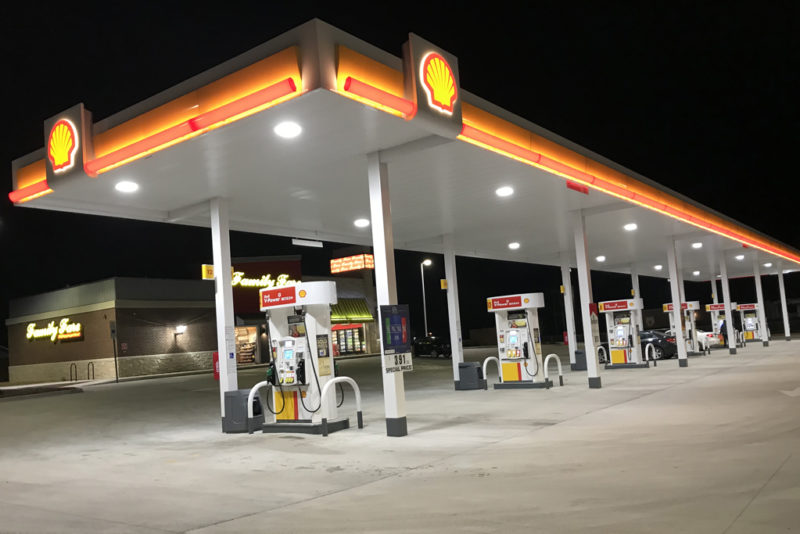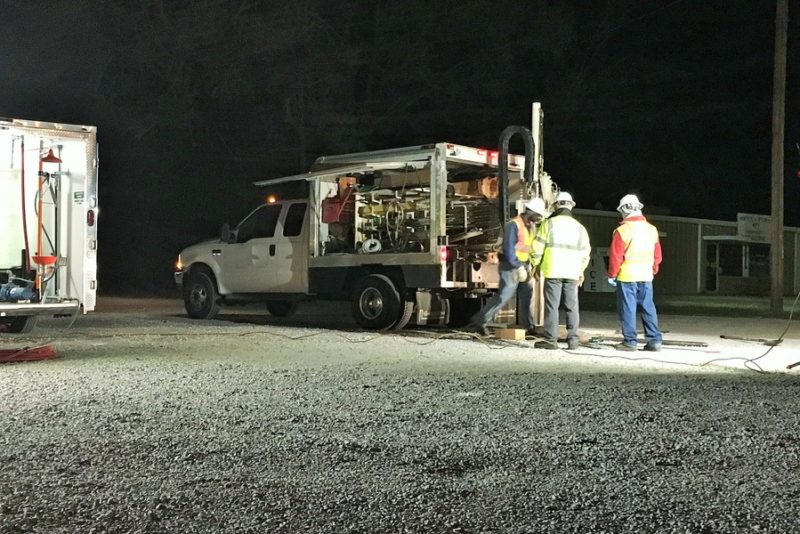Projects
-
Former Gasoline Station – Madison, New Jersey
Provect-OX® – In Situ Chemical Oxidation + Enhanced Bioremediation for Source Area Remediation Site: Former Gasoline Station – Madison, New Jersey Constituents of Interest: LNAPL, BTEX, and TMB Project Summary At a former gas station in Madison, New Jersey, in situ remediation was applied to address petroleum hydrocarbon source mass
-
Former Gasoline Station – Raleigh, North Carolina
Site: Former Gasoline Station – Raleigh, North Carolina Constituents of Interest: BTEX, Chlorobenzene, and Naphthalene Remedial Design and Implementation Contractor: Innovative Environmental Technologies, Inc. (IET) Project Summary The site is a former gas station located in Raleigh, North Carolina. The site was contaminated with benzene, toluene, ethylbenzene, xylene (BTEX), chlorobenzene,
-
Active Gas Station Site – Milport, Alabama
X2 Tackles Remedial Effort Using Advanced Oxidation Technologies By Brendan Gerber – Operations Manager at X2 Environmental Contracting, Inc. X2 Environmental Contracting, Inc. recently completed another successful In-Situ Chemical Oxidation (ISCO) / Enhanced Bioremediation project to treat BTEX contamination at an active gas station site in Alabama. This project included
-
Former Gasoline Station – St. Albans, West Virginia
Site: Former Gasoline Station – St. Albans, West Virginia Constituents of Interest: BTEX, MTBE and TBA Lead Contractor: Innovative Environmental Technologies, Inc. (IET) Project Summary The site is a former gas station located in St. Albans, West Virginia. The site was contaminated with benzene, toluene, ethylbenzene, xylene (BTEX), methyl tert-butyl
-
Confidential Landfill – Southeast USA
Site: Confidential Landfill – SE USA Constituents of Interest: Trichloroethylene and para 1,4-Dichlorobenzene Lead Consultant: Diamond Systems, LLC – Titusville, FL Contact: Mr. Ray Rivera (email: [email protected]) Project Summary An operating landfill generated ca. 26,000 lbs (or 3,050 USG) of leachate annually that contained organic constituents of interest (COIs), namely Trichloroethylene





